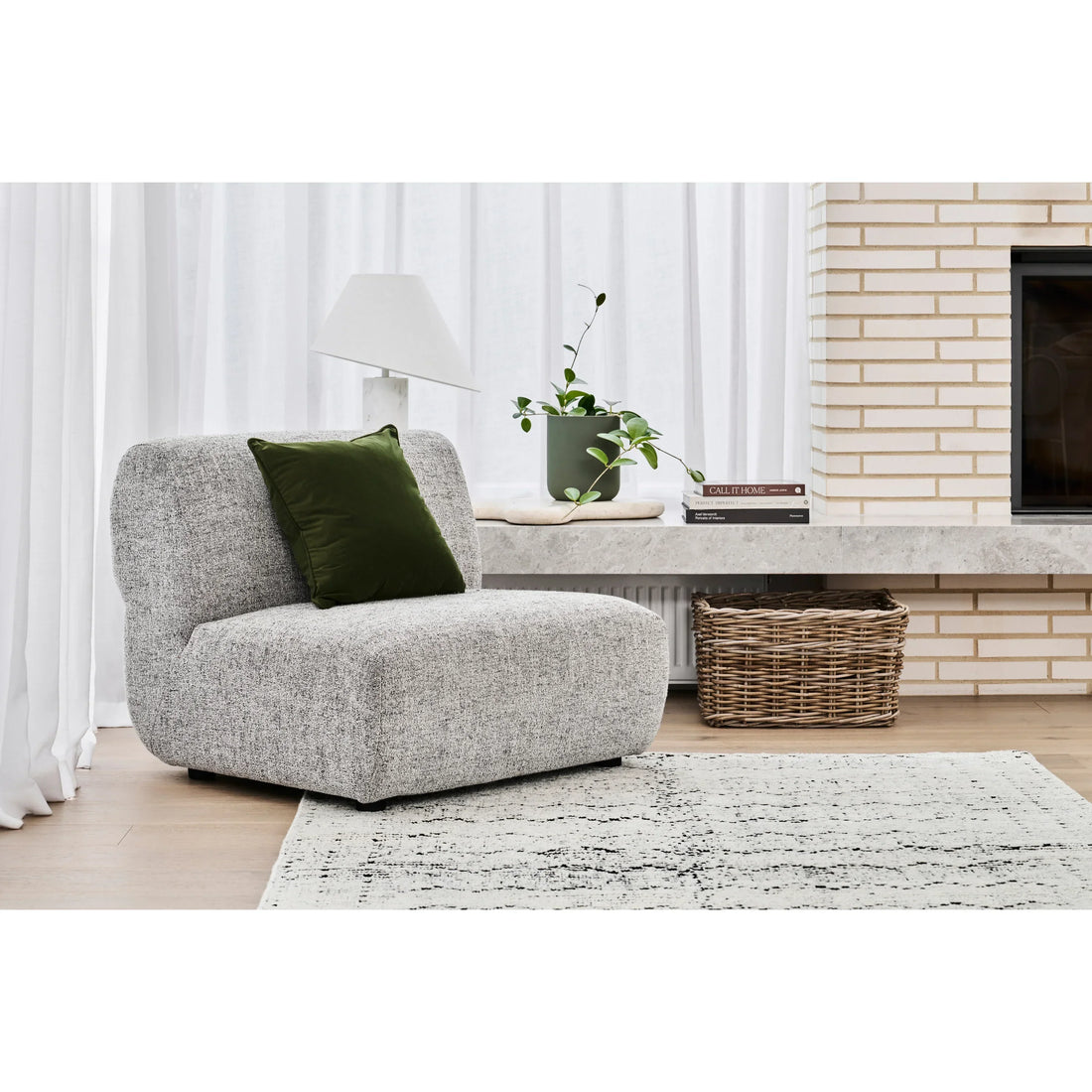
Why Natural Fibre Rugs? Eco-Friendly Benefits & Indoor Air Quality
Share
Introduction
Natural fibre rugs, in most cases, find themselves as one of the most considered household items in most and many Australian households because of their origin from natural material and their function for the purpose. This collection of rugs with sisal, wool, and seagrass is part of a growing trend in furnishings that are low in synthetic materials. Often, these appear like they belong to modern, coastal, or minimalist aesthetics.
Advantages of Natural Fibre Rugs
The most basic reason that has made natural fibre rugs popular in Australia is their functional value attached to these fibres. Each has its specific characteristics.
Seagrass: They have a texture and visual neutrality, so they are mainly put in dry indoor spaces where there is little risk of moisture accumulation.
Sisal: Its durability makes it a suitable option for all areas of moderate foot traffic.
Natural Wool Rugs: Wool is well-known again for its temperature-regulating properties and cushioned surface, which can therefore be a good fit for bedrooms or lounge areas.
Some are biodegradable in general and have minimal damage or manipulation processing. Unlike synthetic rugs, they are often not treated with complex chemical treatments, supporting a more conscious approach to interior design.
Well, besides that function, natural rugs have been able to provide tactile and visual comfort as well. Natural tones complement wooden flooring. Neutral colored walls, and plant-based decor, bringing subtle warmth to the whole room.

Contribution to Indoor Air Quality
Materials have effects on indoor air quality in all furnishings of day-to-day life. Synthetic rugs release some volatile organic compounds (VOCs) in indoor spaces, particularly those treated with adhesives, dyes, or flame retardants.
Natural fibre rugs are alternatives to these. They have limited finishing chemicals and fewer artificial additives; thus, they can reduce the accumulation of fake indoor air pollutants. A natural wool rug specifically offers another level of air filtering. Wool fibres can temporarily entrap any dust and airborne particles, inhibiting them from circulating in the air. This makes them suitable for households with children, pets, or individuals sensitive to air irritants.
Again, Seagrass is a natural fibres known for fulfilling moisture balance within humid environments. By absorbing the excess humidity, those rugs encourage comfort inside the house settings and help support an even climate in those regions, especially coastal or tropical Australian areas.
Conclusion
Natural fibre rugs in Australia are a choice well informed in bringing into one's space products that are environmentally aligned. This itself is visually matching, but the measurable benefits these rugs possess, most beneficially when it comes to balanced indoor air quality, are beyond scopic compatibility. Available through carefully curated platforms like Elan and Earth, natural rugs remain a surety in modern interior settings.
